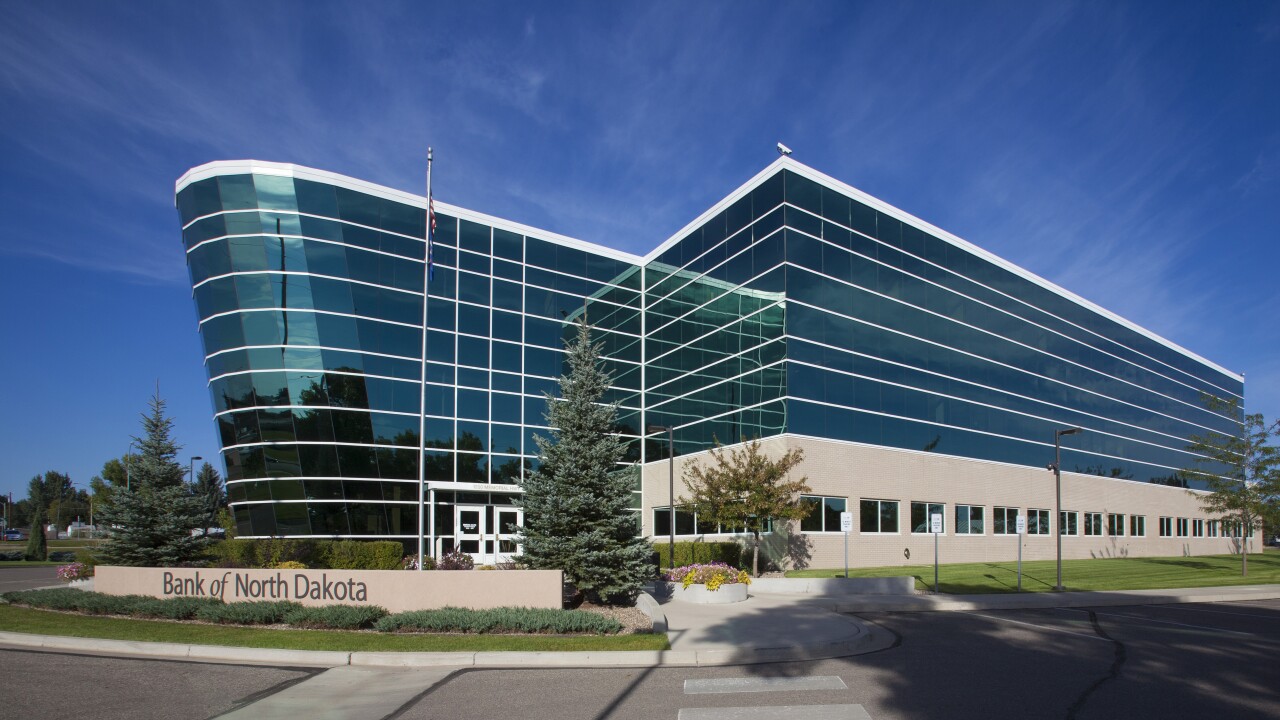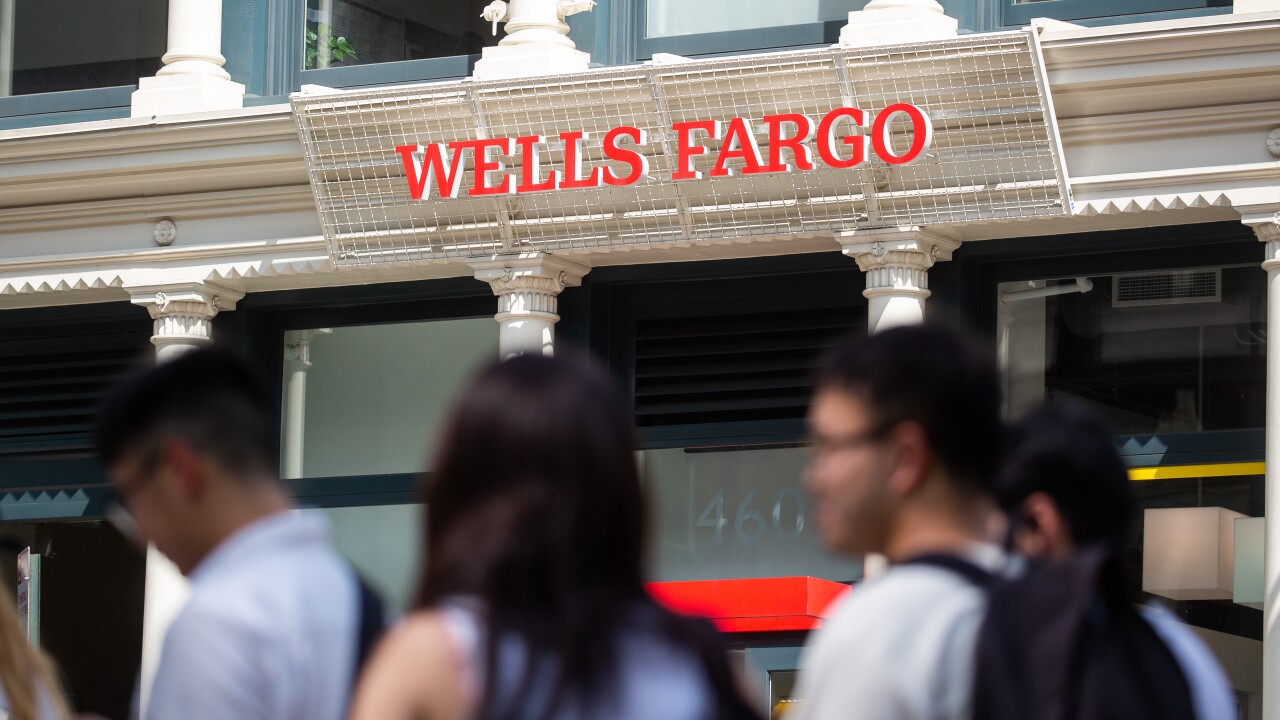Bluetooth beacons — small transmitters that retailers can use to broadcast offers to shoppers' mobile phones — have always lived at the periphery of the payments world. But that may be changing very soon.
Beacons provide data that retailers can use to shape omnichannel programs, but more importantly, the technology is advancing to a point where it ties into a mobile wallet app to begin the payment process before a shopper reaches the register.
Beacons and mobile wallets have had a hard time syncing up before, since most mobile wallets were focused on their own loyalty programs rather than tying into a retailer's existing platform. As more retailers develop their own mobile payment apps, the opportunity arises to tie those wallets into their network of beacons.
"We will definitely get to the point when data from beacons will be used to help retailers formulate strategies for their mobile apps, which would include embedded payments," said Brian Handly, CEO of Reveal Mobile, a beacon data collection firm.

Even though various payments providers and retailers have incorporated
"The problem has always been that the technology is available before retailers are ready for it," he said.
Tying beacons into payments would be a sound strategy for retailers, considering Reveal Mobile predicts there will be a half billion beacons in place collecting data by 2020. In a current example, Handly said of 1,800 Target stores, his company found 454 beacons in operation, while of 5,200 Walmart stores, 317 beacons were deployed. Those numbers indicate a trend, but will rise, Handly said.
While many retailers are developing mobile wallets that operate with bar codes, QR codes and NFC technology, they are also being introduced to Bluetooth and beacon wireless technology, making for "a strange dichotomy of new and old" in a retail setting, said Ron Holmes, vice president of embedded products at Blue Cats Inc.
Austin, Texas-based Blue Cats provides hardware that allows a beacon to be plugged directly into a computer or point of sale to transport information related to a merchant offer from a mobile device directly to the point of sale.
"We have seen a lot of retailers ask for that sort of technology," Holmes said. A fuel station in Australia is testing the technology to allow customers to order coffee ahead on a mobile app and then pay for it at the convenience store through a tap-and-go on the process at the same time as paying for the gasoline, Holmes added.
"In that way, no cash is ever exchanged or a card used for the transaction," Holmes said.
A beacon could aid this process by communicating with the app to identify when the correct customer pulls into the station. As this technology is fine-tuned, it will represent an ability to transfer data on a beacon and for a mobile device to communicate with a beacon in real-time, Holmes said. "You don't even need to use the cloud in that situation."
Ultimately, the use of beacons and mobile devices to initiate payments will translate into more systems operating in which consumers are using loyalty points to make payments through mobile devices, Holmes said.
"Currency itself is likely the thing that will change the most, as consumers start using schemes in which they use points to make their payments," Holmes said. "Those schemes will push people out of costly programs, whereas closed-loop options are made much easier because of smartphones."
Apple and Google will butt heads over beacon technology in the coming years. Even though Apple's
"Apple Pay will be the tipping point on this because it can take friction out of the payment process," said Thomas Wolfe, founder of Unacast, a beacon and proximity data collection company that helps retailers lure online customers into the physical retail store.
"The retailer would use the beacon to get the consumer into the store, make an offer and then encourage the use of Apple Pay to finish the transaction," Wolfe added.
Plus, Apple's control over its iOS mobile platform will extend to iBeacons, making sure the beacon network is updated in sync with handsets, Wolfe said.
"Everyone is hunting this great white whale that is consumer adoption," said Maya Mikhailov, chief marketing officer for GPShopper. "Everyone wants their own horse in the race, but they are trying to solve this technology problem of getting people to pay for something but not using plastic."
But they are not solving the greatest hurdle of addressing the customer experience and determining what customers really want, Mikhailov said. "It's not about the transaction itself, it's about everything that happens prior to the transaction."
In that regard, those involved in location-based marketing are in a good position to solve that problem by influencing the full customer experience, she added. "That's where we should be going, but whether we are going there yet or not isn't as clear."





